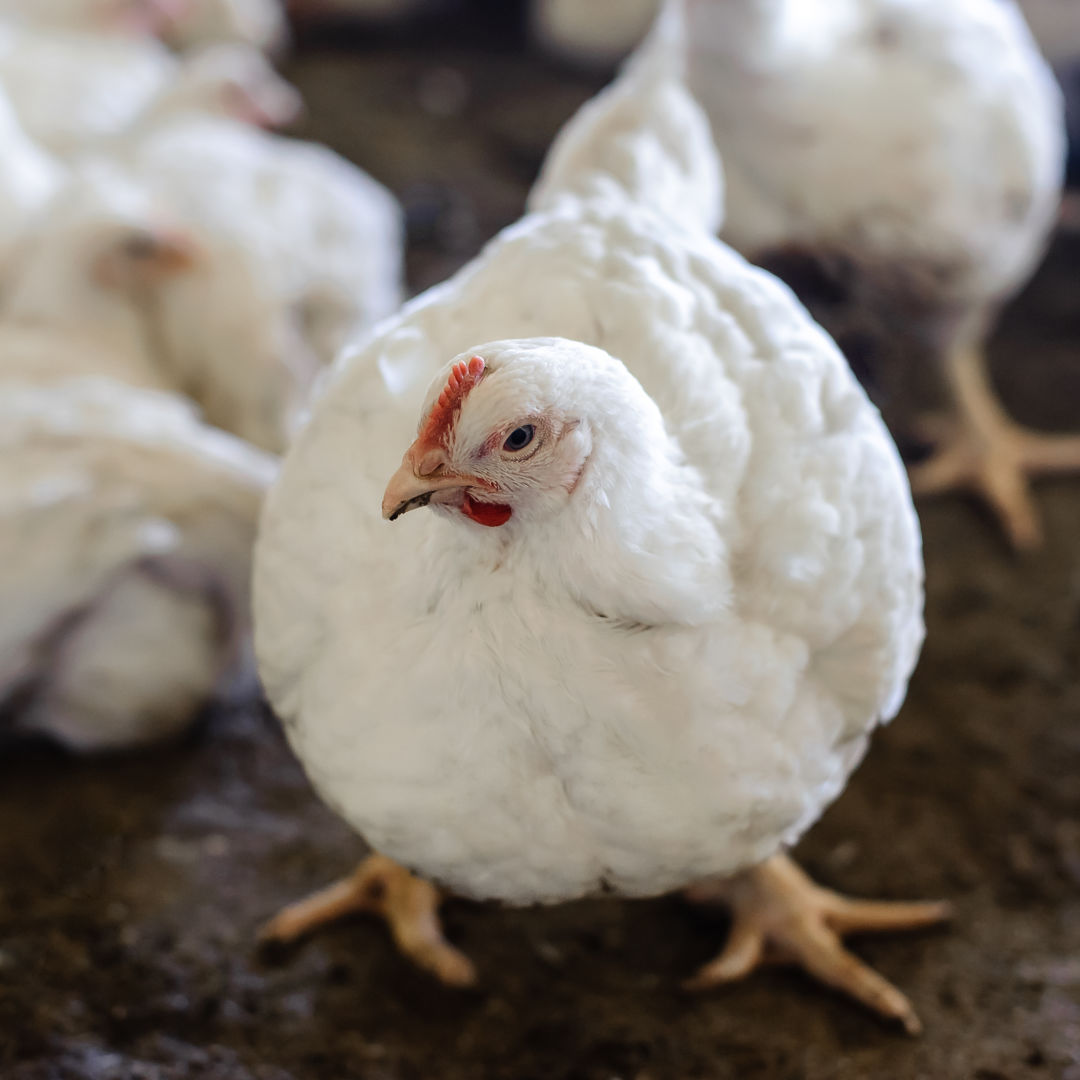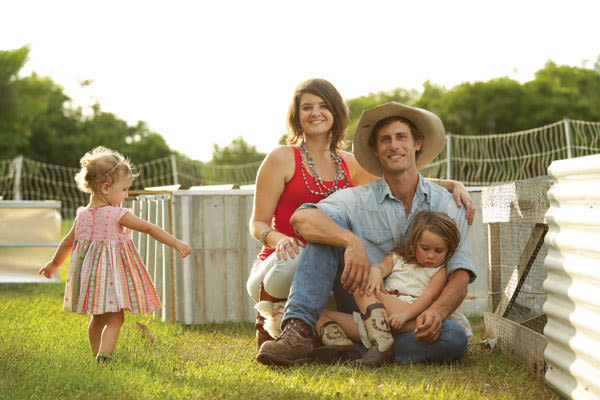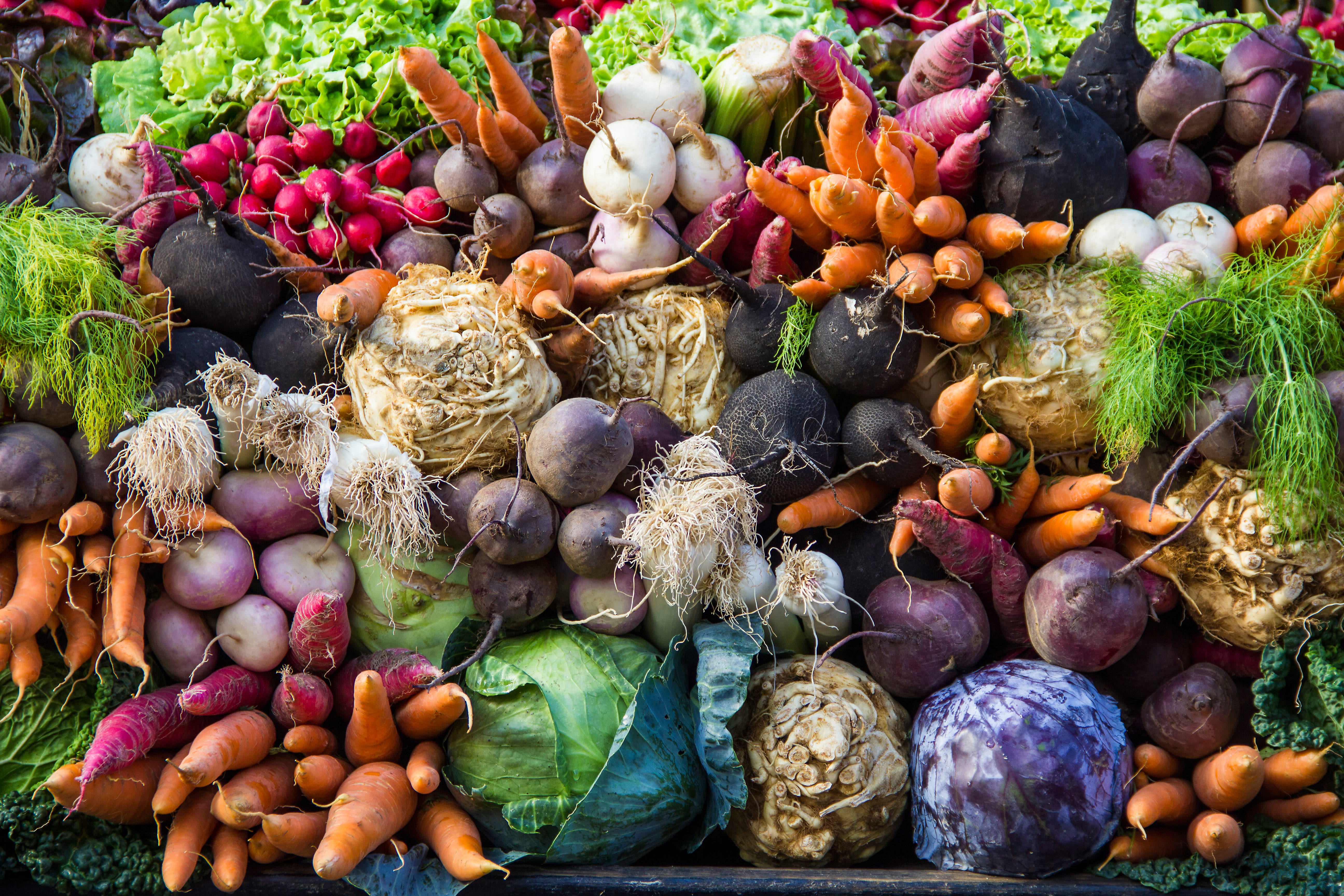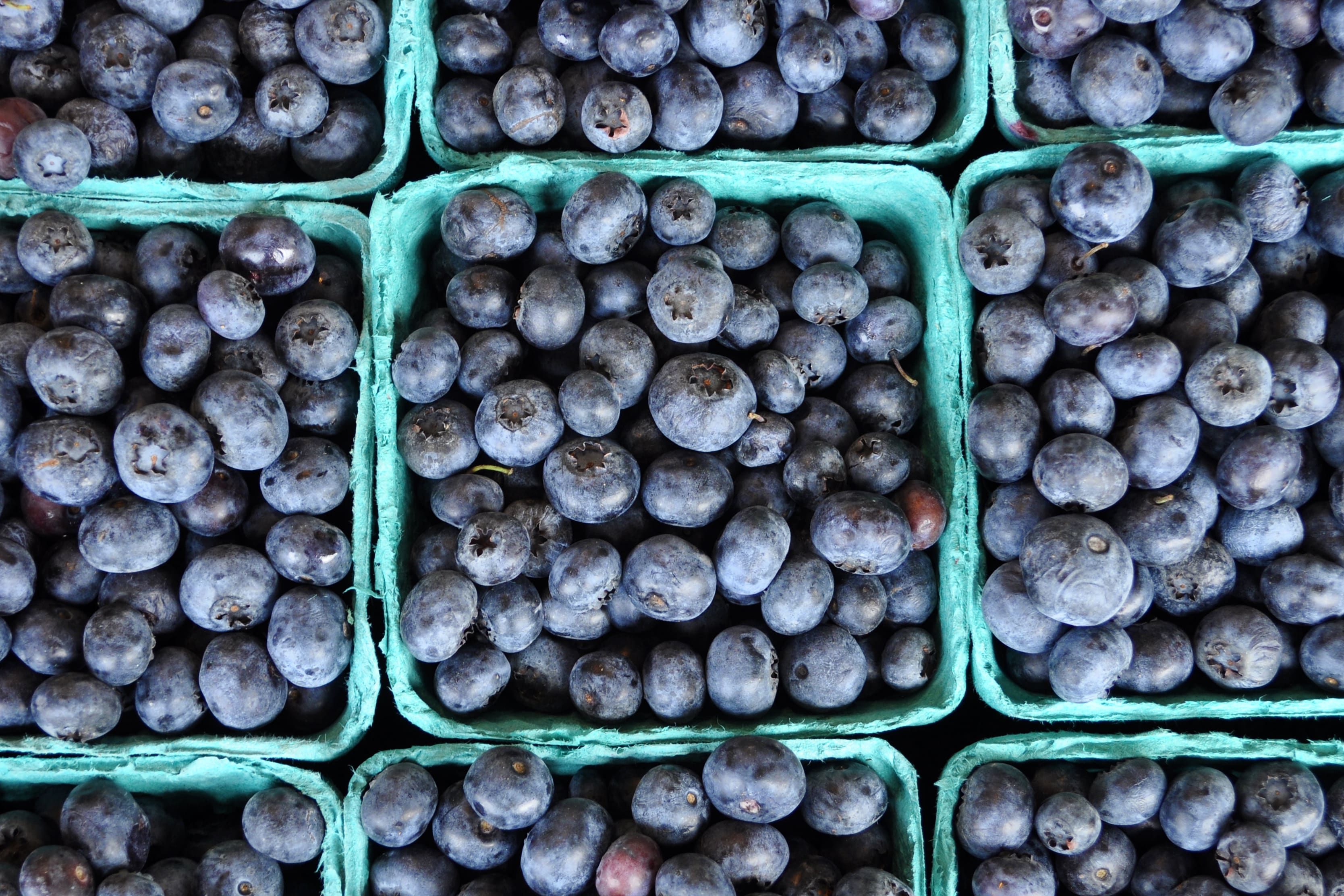Why I Spent a Day Killing Chickens

Image: Shutterstock
I grew up tagging along with my father on hunting trips around Oregon, and remember the steam floating from the body of an unlucky deer strung up and gutted on a cold, snowy afternoon. It didn’t disgust me, because I didn’t know it was supposed to. Like other kids, my sister and I ate supermarket meat, but we also dined on pan-fried venison and river-fresh salmon, and if it hurt when we bit down on a piece of duck and encountered a shotgun pellet, so be it. It wasn’t until I grew up a bit and we moved away from Oregon that I realized how lucky I was. For most kids, meat comes from God knows where and arrives stuffed inside plastic-wrapped Styrofoam trays.
Is it ethical to eat meat? Despite being a committed omnivore, I can’t say yes with certainty. With our abundance of nutritional options and no need to consume animal protein, how can we pretend to care about animals suffering while consigning them to their death for our gustatory pleasure? I have no answer for that.
At the very least, we should own up to what eating meat entails: blood, pain, resistance, guts.
That belief drove me to Grove Ladder Farm, the local chicken, turkey and egg operation started by Tim and Chelsea Clarkson in 2014. I met the couple at a brewery, where they were selling rabbit meat out of a cooler. When they moved into chicken production, Tim began looking for volunteer butchers. Killing my own animal seemed like a responsibility I needed to take on. Not penance, but something like it. The promise of walking away with a few whole chickens sweetened the deal.
As I gripped the first bird that day, I wasn’t thinking about the big questions that brought me here. I was more concerned with getting a firm grip on the chicken’s legs, keeping its wings pinned and placing it into the kill cone, head-down, while stressing it as little as possible. I located the bony knob just above the chicken’s skull that Tim Clarkson taught me to identify and placed my thumb there. With the knife in my other hand I sliced the thick vein that runs behind it. Warm blood spurted onto my fingers and dripped into the rubber tub below. The bird kicked and twitched. It died.
I’ve eaten meat my whole life and watched my father shoot deer, elk, doves and ducks. But this was the first animal, besides fish or shellfish, that I killed on purpose. I didn’t have time to dwell on that, because the yellow crates in Clarkson’s back yard were filled with dozens more birds whose lives were ending that day. I walked back to retrieve my next chicken.
The Clarksons sell their whole frozen birds at the Sarasota Farmers Market and Phillippi Farmhouse Market. They follow the model that farmer Joel Salatin developed and that was made famous in Michael Pollan’s The Omnivore’s Dilemma. The Clarksons’ birds live in and around mobile coops on verdant pasture, where they peck at bugs and eat grass in addition to their feed.
Tim rotates the flocks to allow the eaten-away pasture to revive. Seven hundred egg-laying hens live on the farm, too, and the Clarksons also raise turkeys for Thanksgiving.
The birds here may only have between seven and nine weeks to live, but their lives are infinitely more pleasant than those of their 9 billion cousins trapped in the industrial slaughter system, where chickens are crowded together in cages, bred to grow so rapidly they develop deformities and have their beaks and toes removed to reduce the aggression provoked by stress.
I’d prefer that the animals I eat live like Grove Ladder’s birds do. But as I grabbed the second of the 40 chickens I would kill that day, that was not what was on my mind. I was just trying to peer down from my perch in the food chain and see how it is that I choose to live.



